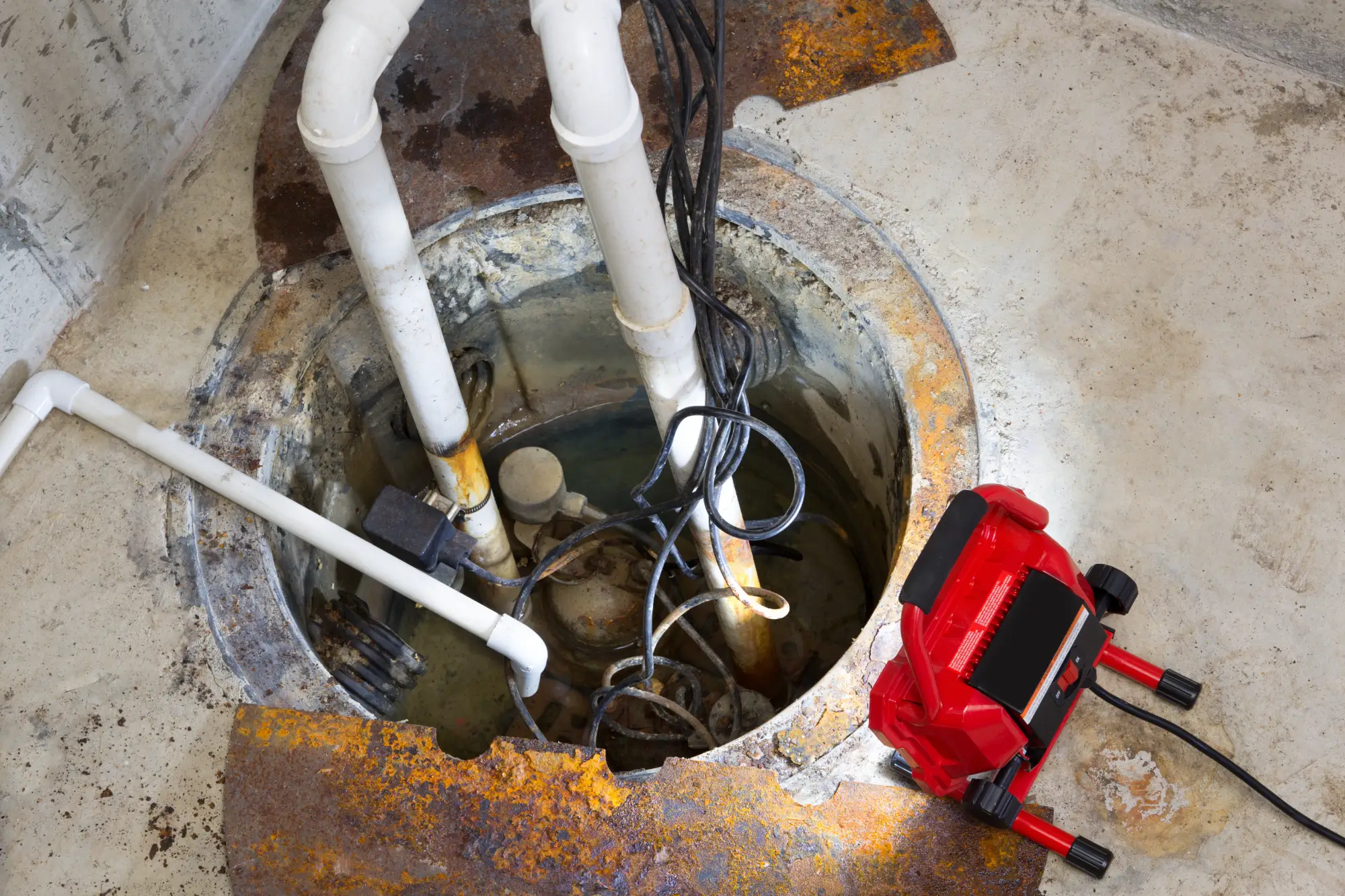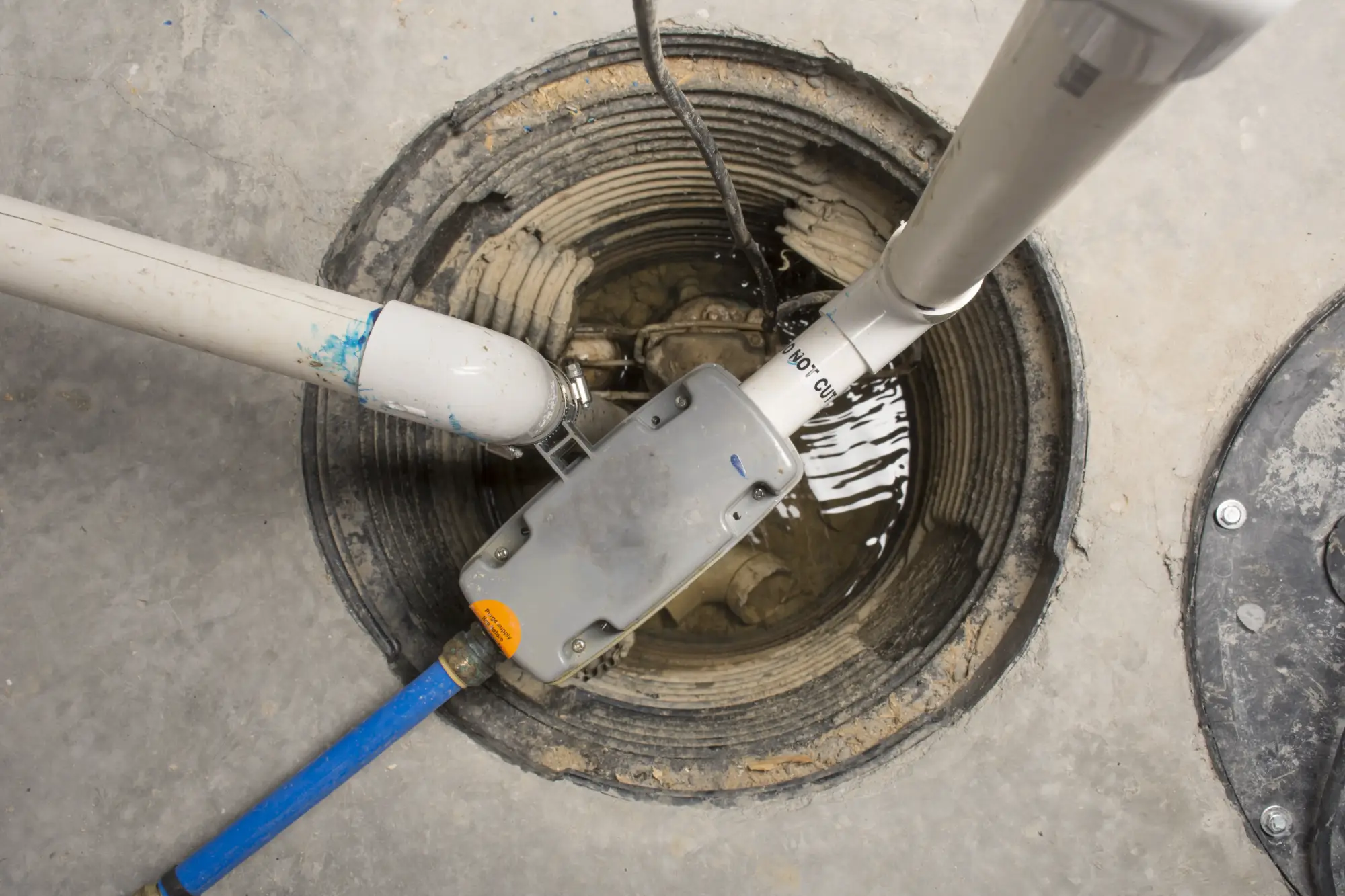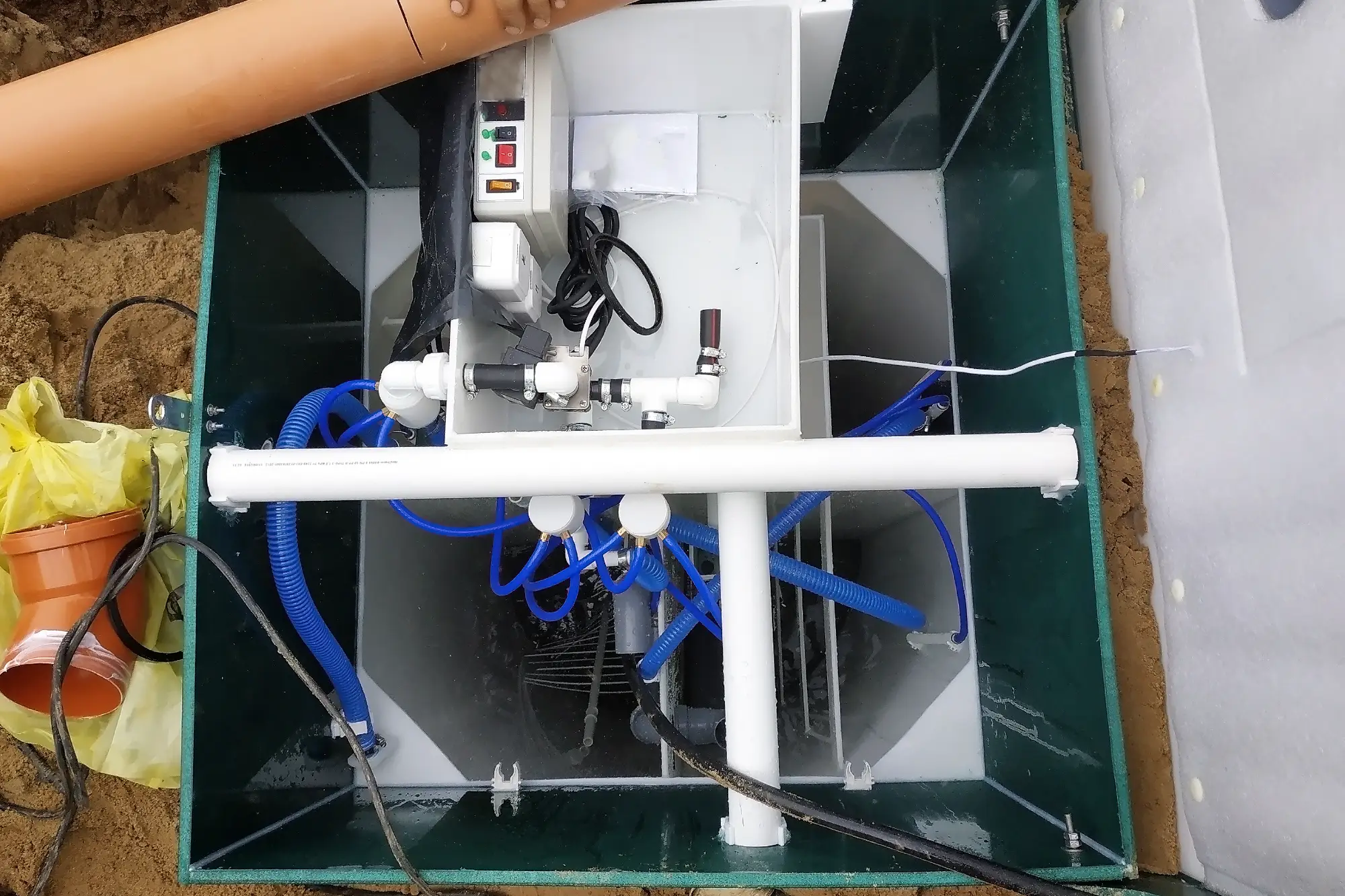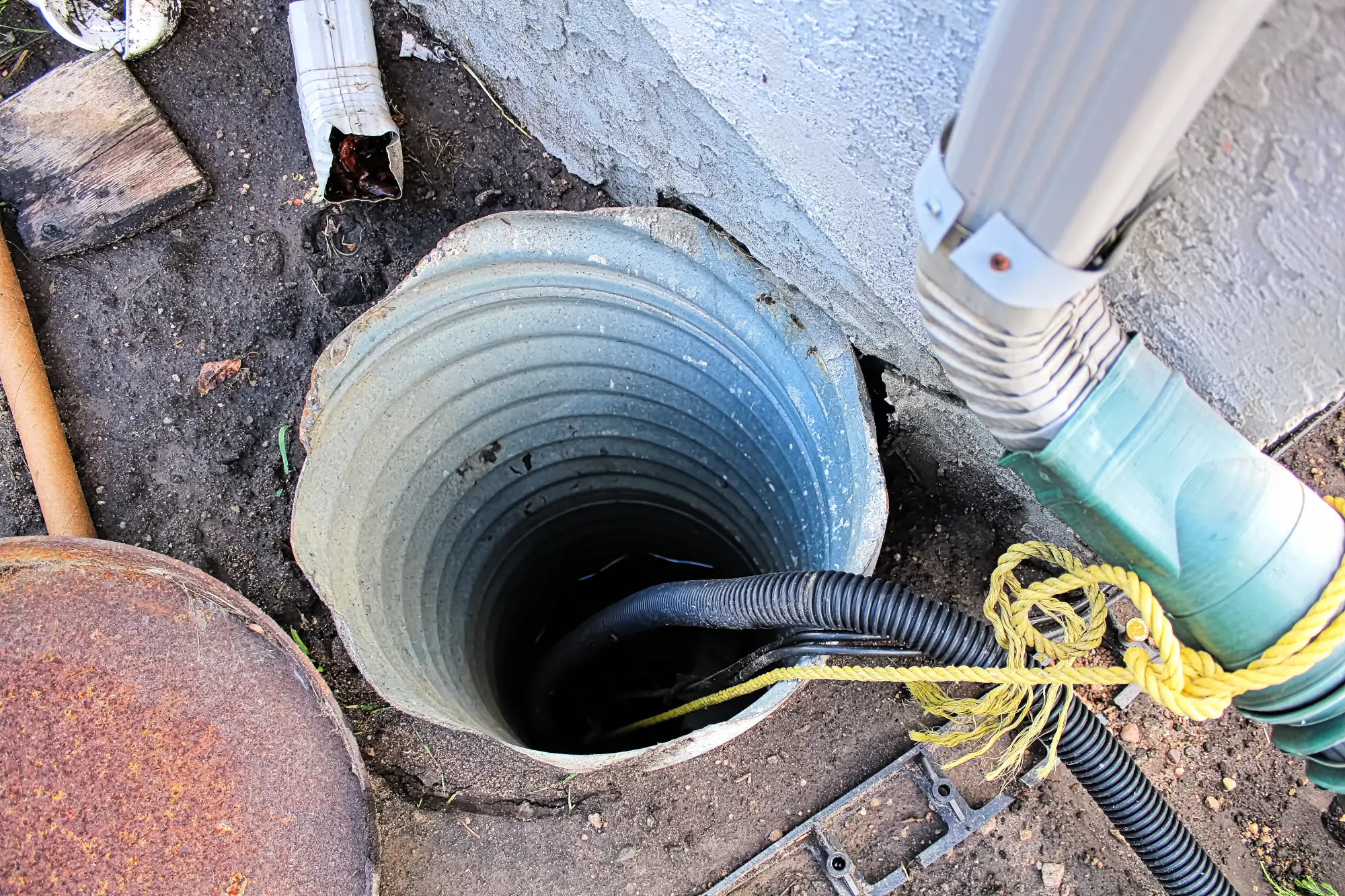Sump Pump Installation in Southampton, NY
Stop Basement Flooding Before It Starts
Professional sump pump installation that actually works when Southampton storms hit hardest.

Hear About Us

Basement Protection Southampton NY
You’ll sleep better knowing your basement won’t flood during the next big storm. No more rushing downstairs during heavy rains to check for water. No more moving belongings to higher ground every time the weather forecast looks threatening.
A properly installed basement sump pump system handles water automatically, 24/7. When groundwater rises or storm water accumulates, your pump kicks in and removes it before it becomes a problem. Your basement stays dry, your belongings stay safe, and you avoid the headache and expense of water damage cleanup.
The right sump pump installation means you can actually use your basement space without worrying about the next flood. Whether you store holiday decorations, have a workshop, or just want that peace of mind, reliable basement protection changes how you think about your home’s lower level.
Southampton Sump Pump Installers
Diamond Masonry & Waterproofing LLC has been solving basement water problems for Southampton homeowners who need solutions that actually work. We understand how Long Island’s soil conditions, seasonal weather patterns, and coastal proximity create unique challenges for basement drainage.
You’re not getting a one-size-fits-all approach. Every Southampton property has different drainage needs, and we size and install sump pump systems based on your specific situation. We’ve seen what works long-term in this area and what fails when you need it most.
Our installations meet local building codes and manufacturer specifications because shortcuts in sump pump installation cost you more later. When your neighbors recommend us, it’s because their basements have stayed dry through multiple storm seasons.

Sump Pump Installation Process
First, we assess your basement’s current drainage situation and determine the best location for your sump pit. This isn’t guesswork – we look at how water enters your basement, where it naturally flows, and what size pump you actually need for your space.
Next, we excavate the sump pit to the proper depth and install a quality basin that won’t crack or shift over time. The pump goes in with proper discharge piping that routes water away from your foundation, not just outside your basement wall where it can seep back in.
We test the entire system before we leave to make sure everything cycles properly. You’ll see exactly how your new basement sump pump system works, and we’ll explain what to expect during normal operation. The installation includes cleanup, and your basement is ready to handle the next storm.

Ready to get started?
Explore More Services
About Diamond Masonry & Waterproofing
Get a Free Consultation
Custom Sump Pump Solutions
Your sump pump installation includes properly sized equipment for your basement’s specific needs. We don’t install undersized pumps that can’t keep up during heavy water events, and we don’t oversell you equipment that’s more than you need.
The installation covers everything from excavation and basin placement to discharge line routing and electrical connections. We handle permits when required and make sure the work meets Southampton building codes. You get manufacturer warranties on the equipment plus our guarantee on the installation work.
We also discuss backup power options if your area experiences power outages during storms. A sump pump that can’t run during a power failure isn’t much help when you need it most. Battery backup systems or generator connections can keep your basement protection running when the lights go out.

How do I know if I need a new sump pump installation?
What size sump pump do I need for my basement?
How long does sump pump installation take?
Where does the water go when the sump pump runs?
Do I need a battery backup for my sump pump?
How often do sump pumps need replacement?
Local Resources
- Google Map Link
- Find the Southampton, NY USPS
- Locate Nearby Southampton, NY Pharmacies
- View the Current Weather in Southampton, NY
- Southampton, NY is located in Suffolk county in New York State